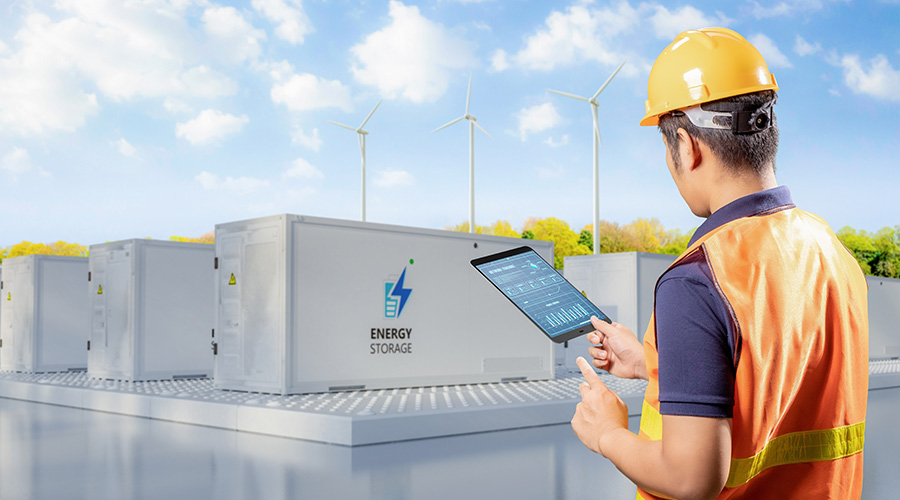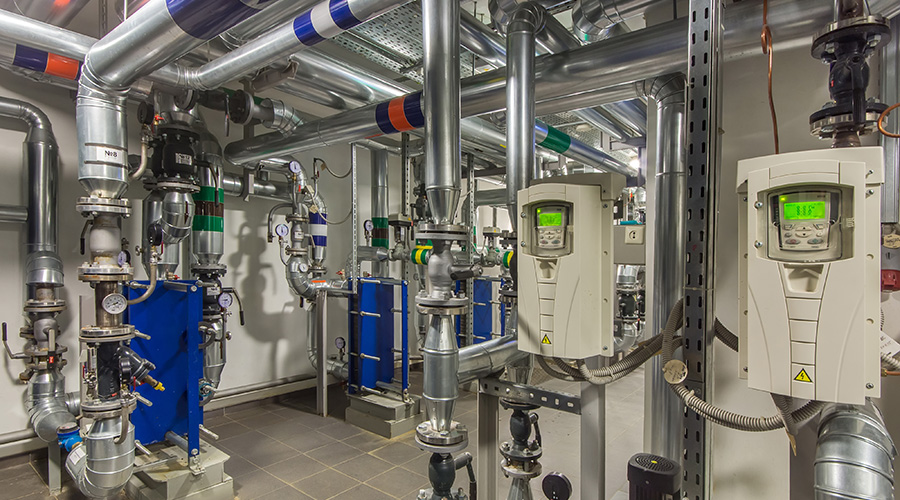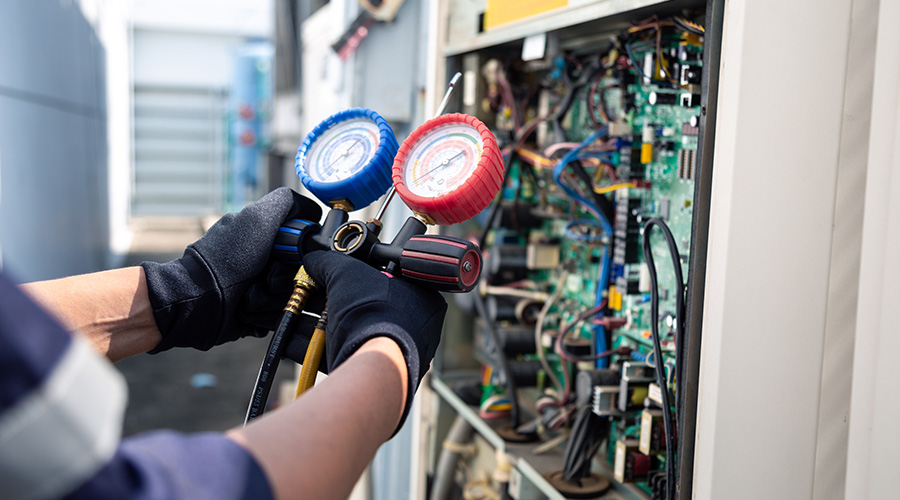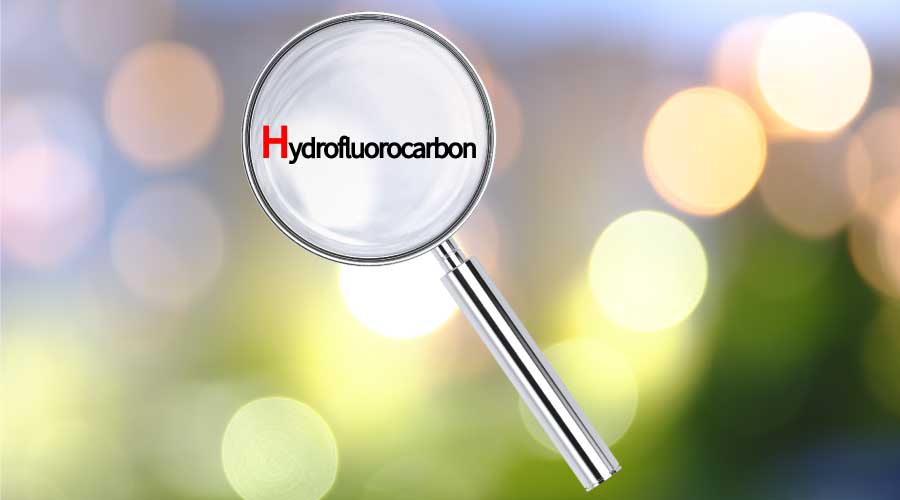HVAC Upgrades: Data-Driven Decisions
Technology advances have gathered vast amounts of data, enabling facility executives to plan successful projects.
HVAC system upgrades are among the most complex and expensive projects in institutional and commercial facilities. The systems provide essential cooling and heating that is designed to keep occupants and visitors comfortable during their time indoors. And as the COVID-19 pandemic demonstrated, the systems’ ventilation components are essential in providing healthy indoor environments.
For facility executives planning, scheduling and overseeing HVAC system upgrades, success more than ever depends on their ability to gather, analyze and use data effectively. Technology advances in HVAC system monitoring, control and operation have put vast amounts of data in managers’ hands. Upgrades give them the opportunity to put it to work. With data in hand, they can outline and plan projects with a greater likelihood of success.
Diving for data
Understanding the condition and performance of an HVAC system has always been essential when planning upgrades, but facility managers have never had so much data so readily available to them to aid their efforts. In fact, data has taken center stage in the upgrade planning process.
"History is key; it is so key,” says Nick Lynch, vice president of project development with Henderson Building Solutions, adding that historical data on system operation and condition enables managers to provide the project team with critical resources to make informed decisions. “That part is absolutely key and critical. I couldn't stress that more. Having documented operating logs and documented preventive maintenance and having it ready for the folks that are actually going to be implementing upgrades is really important.”
A range of maintenance and operations processes in facilities can generate reliable data.
"Whether you do an energy assessment, whether you're constantly logging in the amps of your units, you have good maintenance data,” says Brendon Russ, JLL’s global lead, reliability and asset management engineering services, Americas. “You have good condition data. You understand what your system requirements are. Without that foundational data governance and that belief, that trust with worthiness that your data is secure and that it is, in fact, valuable so you can make these decisions, it's going to be rather subjective to do anything.”
Among the earliest decisions managers must make in planning HVAC upgrades involves the scope and target of the project. The process requires owners, managers and others involved in the process to understand the condition and performance of system components.
“That data could help them to really understand where they're at with it because otherwise, you're walking in and you don't know the full story,” Lynch says. “If you don't, then you're leading those professionals into maybe making simplifying assumptions, which could lead to safety factors that are applied that wouldn't otherwise be necessary if you were able to resolve those assumptions from historical data.”
The data needed for project planning includes information at the component level.
“They could certainly start yesterday with taking operating logs of their equipment, performance data and things like that,” Lynch says. “Start telling the story if they haven't already done that. Because when they do engage an HVAC professional to start looking into the planning stages of that particular upgrade, they're going to want to know the history of it.”
Where can owners and managers look for critical system and component data?
"If you have BMS systems and CMMS systems, those are great,” Russ says. “There are always other places to go to find information.”
A CMMS also can include add-ons that provide more information.
“There are asset management features or capital planning features that come with those systems that can bolt onto it that really can help those folks to make the case to say, 'This is why I’m doing this particular upgrade,’” Lynch says.
Building automation systems also can provide critical HVAC data.
"In the most basic case for an HVAC system, that could be space comfort or space temperature and humidity of all the spaces served,” Lynch says. “You can go all the way up to the major equipment level with data related to air side, changes in temperature, changes in pressures. Pressures on both of those sides could indicate some level of buildup or things of that nature. It could indicate that there may need to be some PMs or a little bit more of an in-depth PM performed on a piece of equipment.”
Dan Hounsell is senior editor for the facilities market. He has more than 30 years of experience writing about facilities maintenance, engineering and management.
Related Topics:













